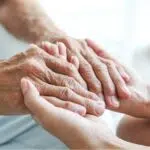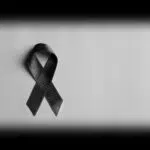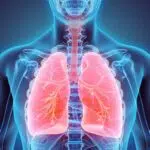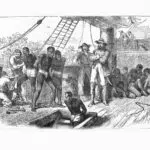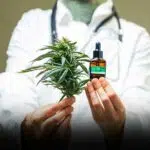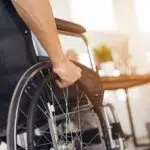Burn Awareness Week is observed every year during the first full week in February and takes place from February 1 to 7 this year. It is a time for organizations to mobilize safety educators to sensitize people to the subjects of burns and fire. It also raises awareness of burn prevention methods in various communities.
History of Burn Awareness Week
Burn Awareness Week is sponsored by the American Burn Association (AMA). AMA is a non-profit organization whose aim is to stimulate and advance burn-related research, education, care, prevention, and rehabilitation.
Burn treatments can be traced back to 1500 B.C. A five-day treatment regimen was found documented in the Egyptian “Ebers Papyrus”, which involved a mixture of cattle dung, beeswax, ram’s horn, and barley porridge. In 600 B.C China, extracts from tea leaves were used to treat burn injuries.
In 1828, a French surgeon known as Guillaume Dupuytren carried out a review of fifty burn patients, from which he developed a burn depth classification that remains relevant today. In addition to this, he was the first to recognize gastric and duodenal ulceration as a consequence of severe burns.
In the 20th century, the occurrences of major fires inspired and drove research that gave birth to a better understanding of the pathophysiology of burns. These fires include the Rialto Theatre House Fire of 1921 and the Cocoanut Grove Fire of 1942.
In the United States, one person sustains a burn every sixty seconds. In fact, every year, about 400,000 people receive medical treatment for burns. Though most burns occur at home, 10% happen in the workplace.
There are three major types of burns, which are thermal or contact burns, electrical burns, and chemical burns. Thermal burns are burns caused by contact with hot objects or liquids, including fires and explosions. Electrical burns can occur through direct or non-direct contact with electrical currents. Chemical burns are brought on by exposure to corrosive materials or acids, such as industrial cleaners.
Burn Awareness Week timeline
The Chinese treat burns with tea leaf extracts
Edward Kentish describes pressure dressings as a way to relieve burn pains and blisters.
Dupuytren develops a classification of burns that remains relevant today.
The Cocoanut Grove Fire, the deadliest nightclub fire in history, occurs in Massachusetts.
Burn Awareness Week FAQs
What is the difference between first-, second-, and third-degree burns?
First-degree burns affect only the outer layer of the skin, leaving the skin red and painful. Second-degree burns leave the skin blistered and/or swollen in addition to redness and pain. Third-degree burns destroy the epidermis and the dermis, sometimes affecting the bones, muscles, and tendons.
What is the proper first aid for treating burns?
For first-degree burns, the burn site should be immersed in cool water, not cold water or ice. Second- and third-degree burns require immediate medical treatment at a hospital or burn center.
What is a skin graft?
Skin grafts are surgical procedures that involve removing a thin layer of skin from an unburned part of the skin to cover a burned area.
How to Observe Burn Awareness Week
Educate
For organizations, make it a special event by educating workers on burn prevention and first aid in the workplace. This knowledge can save lives.
Volunteer
Make a difference by volunteering your time and resources at a burn center. Your seemingly small actions might go a long way.
Honor burn survivors
Make the day even more special by recognizing individuals who have suffered from life-changing burns. If you’ve experienced a burn in the past, share your story.
5 Ways To Prevent Burns
Avoid hot spills
Always keep hot solids and liquids away from table edges and use safety cloths while handling such items — this applies to harsh chemicals.
Prepare for emergencies
Perform fire drills and make sure there are easily-accessible exits in case of an emergency.
Inspect danger zones
Carry out routine inspections of areas such as chimneys, fireplaces, and electrical connections to prevent mishaps.
Throw away damaged appliances
Always discard appliances with frayed wires and faulty connections, and cover all electrical outlets to prevent children from touching them.
Fire alarms
Install a fire alarm in your office or home.
Why Burn Awareness Week is Important
It increases awareness
It is an opportunity to educate and inform people about the care and prevention of burns. Awareness is crucial.
It reduces risk
Providing enlightenment on prevention measures reduces the risk of home and workplace burns. The more people know, the better equipped they’ll be to avoid or handle dangerous situations.
Survivors are recognized
Burn Awareness Week should also be a time to honor and recognize burn survivors. It’s a time to hear their stories and commend their courage.
Burn Awareness Week dates
| Year | Date | Day |
|---|---|---|
| 2024 | February 4–10 | Sunday–Saturday |
| 2025 | February 2–8 | Sunday–Saturday |
| 2026 | February 1–7 | Sunday–Saturday |

















